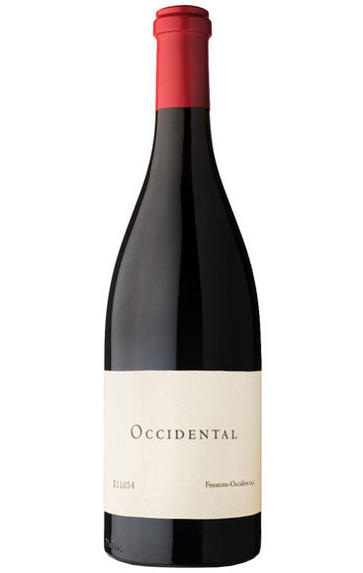
2013 Occidental, Pinot Noir, Sonoma Coast, California, USA
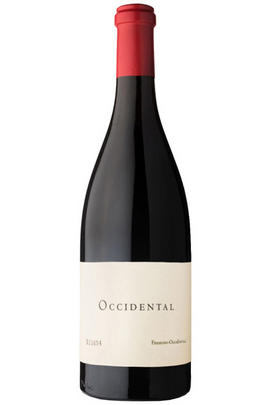
Critics reviews
Occidental’s 2013 Pinot Noir (Sonoma Coast) is a superb appellation-level wine that approaches the quality found in the vineyard designate bottlings. Sweet, perfumed aromatics and bright, chiseled fruit are two of the signatures in a Pinot endowed with a striking interplay of energy and finesse. The Sonoma Coast Pinot is the hidden gem in the Occidental range.
A detour to Steve Kistler's new Occidental winery and Bodega Headlands vineyard was a welcome break after a full day of tastings. The new, small winemaking facility is now operational, while ambitious vineyard development continues. As always, a maniacal attention to detail underpins everything that happens at Occidental, and Kistler, for that matter.
There are now four wines in the Occidental range; a vineyard designate from Occidental Station, two vineyard wines from Bodega Headlands (Cuvée Elizabeth and SWK) and a Sonoma Coast bottling. All of the sites have been chosen for their ability to achieve full ripeness at lower sugar levels, which is one of the basic concepts that underpins Occidental.
Antonio Galloni, Vinous.com (February 2016)
Pale cherry red. Very pale rim. Savoury/vegy nose. A little smudgy on the nose. Marked acidity and fruit reminiscent of red hard candy/Spangles. A little simple and lightly sweaty but quite pretty.
Jancis Robinson MW, JancisRobinson.com (February 2017)
About this WINE
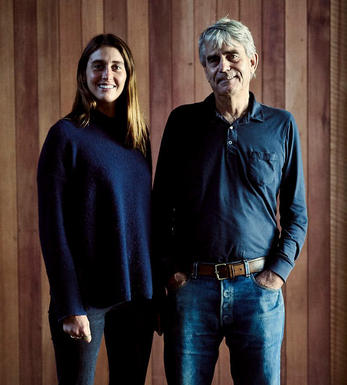
Occidental
Occidental is dedicated exclusively to the production of world class Pinot Noir from the Sonoma Coast. The state-of-the-art winery is just east of the town of Bodega on a ridge top, next to the Bodega Headlands Vineyard, overlooking the Pacific Ocean. Following a hugely successful career at eponymous winery Kistler, Occidental is very much Steve Kistler’s family led project to make the best Pinots California has to offer.
The Occidental Station vineyard lies 15 miles further inland than the estate’s other vineyards. It was planted in 1998 by Steve Kistler, who has farmed the plot himself every year thereafter. It is the one wine in the range that is from a completely different ridge, on a site that is picked two weeks earlier than everywhere else. It is therefore a riper style yet one that is still undeniably ‘Occidental’.
The Freestone-Occidental Pinot noir includes a blend of fruit from Bodega Headlands, Occidental Station, and Bodega Ridge vineyards. It also shares the same winemaking techniques as the vineyard-designated Pinot, the only difference being that the provenance is wider.
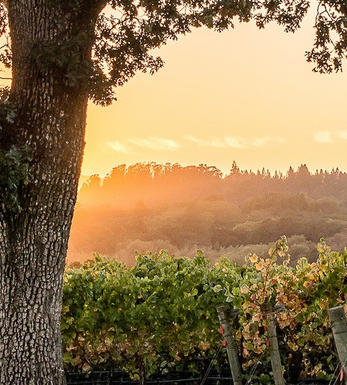
Russian River Valley
This low-lying valley Sonoma County in and its 10,000 acres of vineyards was virtually unknown before 1983, when it was granted official appellation status (Russian River Valley AVA).
It has since established a formidable reputation as a prime spot for challenging varieties like Pinot Noir (29% of the acreage in 2007), which thrives in this cool-climate region. Chardonnay (42% of the acreage in 2007) has also blossomed here, showing a signature lean and restrained profile.
The Russian River Valley climate is influenced by cooling fogs, drawn inland from the Pacific. This natural air-conditioning allows the grapes to develop full flavor maturity over an extended growing season, while retaining their life-giving natural acidity.
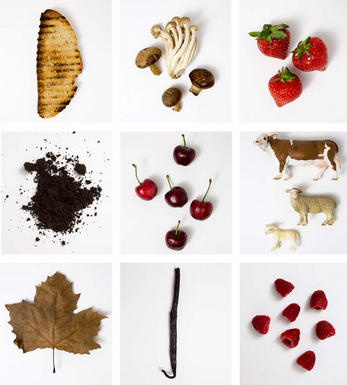
Pinot Noir
Pinot Noir is probably the most frustrating, and at times infuriating, wine grape in the world. However when it is successful, it can produce some of the most sublime wines known to man. This thin-skinned grape which grows in small, tight bunches performs well on well-drained, deepish limestone based subsoils as are found on Burgundy's Côte d'Or.
Pinot Noir is more susceptible than other varieties to over cropping - concentration and varietal character disappear rapidly if yields are excessive and yields as little as 25hl/ha are the norm for some climats of the Côte d`Or.
Because of the thinness of the skins, Pinot Noir wines are lighter in colour, body and tannins. However the best wines have grip, complexity and an intensity of fruit seldom found in wine from other grapes. Young Pinot Noir can smell almost sweet, redolent with freshly crushed raspberries, cherries and redcurrants. When mature, the best wines develop a sensuous, silky mouth feel with the fruit flavours deepening and gamey "sous-bois" nuances emerging.
The best examples are still found in Burgundy, although Pinot Noir`s key role in Champagne should not be forgotten. It is grown throughout the world with notable success in the Carneros and Russian River Valley districts of California, and the Martinborough and Central Otago regions of New Zealand.


Buying options
Add to wishlist
Description
Occidental’s 2013 Pinot Noir (Sonoma Coast) is a superb appellation-level wine that approaches the quality found in the vineyard designate bottlings. Sweet, perfumed aromatics and bright, chiseled fruit are two of the signatures in a Pinot endowed with a striking interplay of energy and finesse. The Sonoma Coast Pinot is the hidden gem in the Occidental range.
Antonio Galloni, Vinous.com (February 2016)
wine at a glance
Delivery and quality guarantee